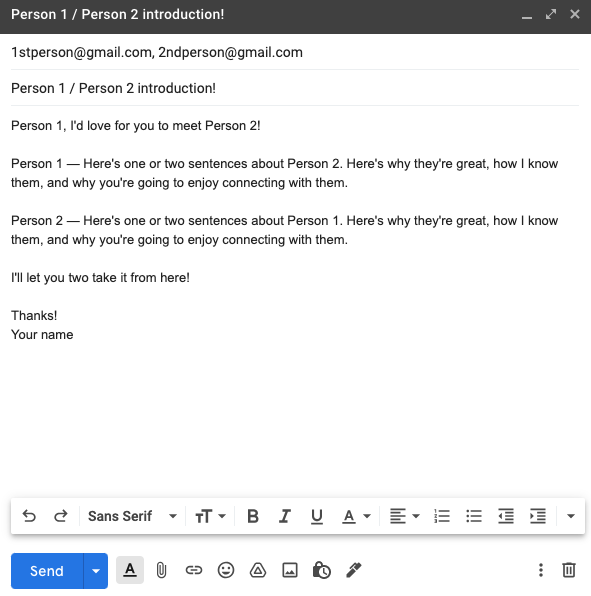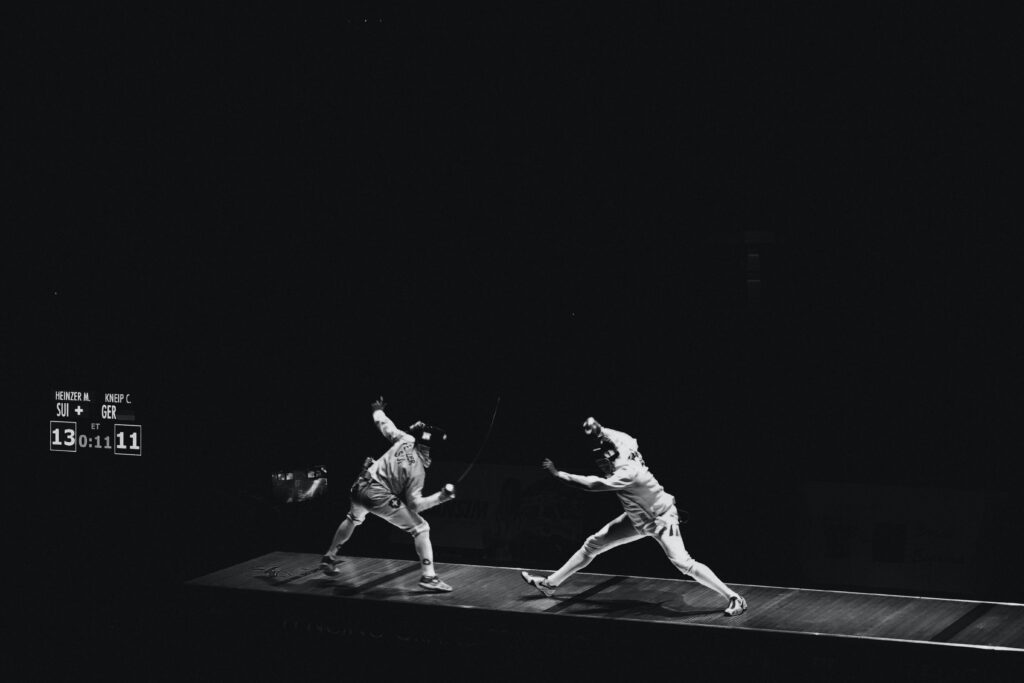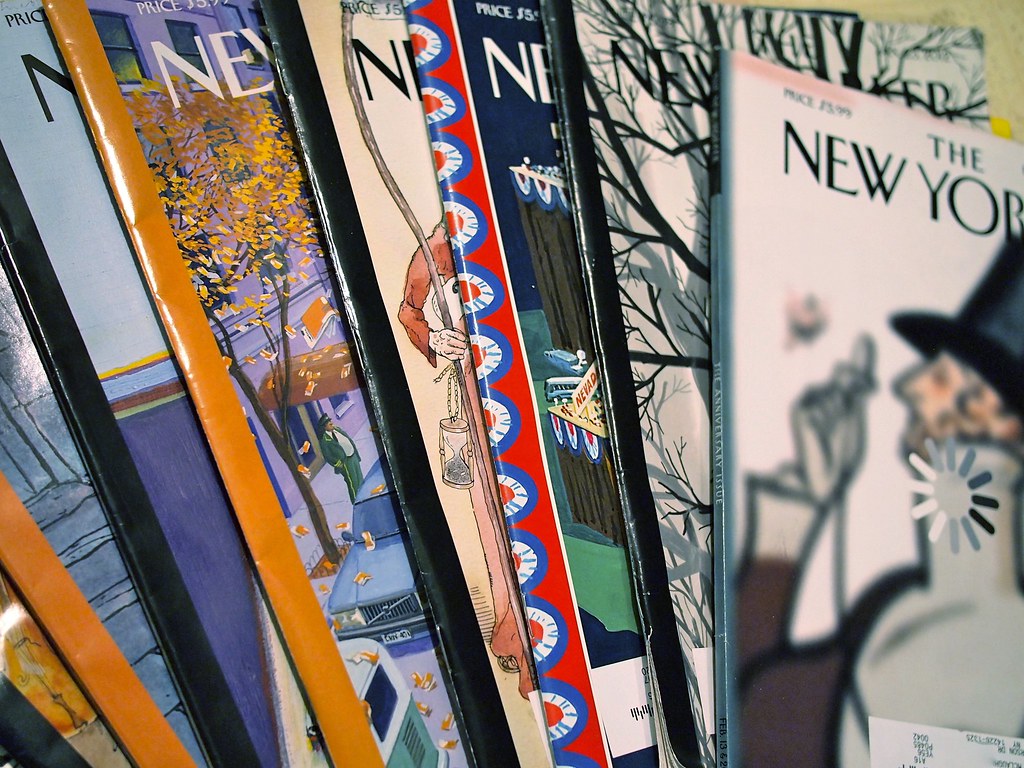
Just because I have expertise in the email space doesn’t mean I have all the answers. Clients are constantly challenging me with ideas or strategies that I haven’t tried, and I don’t always know how they’ll work when we roll out these concepts in the real world.
These clients are paying me to give them good advice, and that’s easy to do when I’m proposing that they implement email best practices. But how do you advise someone on a strategy you can’t guarantee will work?
I’ve found, over and over again, that the only way forward is to be as transparent as possible. I’ll tell them: “I haven’t tried this strategy yet, but I like the concept, and I think it’s worth testing this out! If it doesn’t work, we’ll quickly move on to the next thing.”
Or: “I tried something similar with another client recently, and it didn’t work out. Now, that’s a different client with a different audience, and if you want to test it out anyway, you should go for it! But there’s no guarantee that this will work.”
Or: “To be honest, I have no idea how this will work! But let’s try it together and see what happens. If it doesn’t work, we’ll stop the test and try something else.”
It’s a good thing to be able to say, “I don’t know.” Be unusually transparent with your teams, and make sure you set the right expectations for any project. If you do, everyone usually goes into it with the right mindset — and even if the idea doesn’t work out, they understand that what they were trying wasn’t a best practice but a test, and tests often fail.
———
That’s a photo from a talk I gave in 2019.








